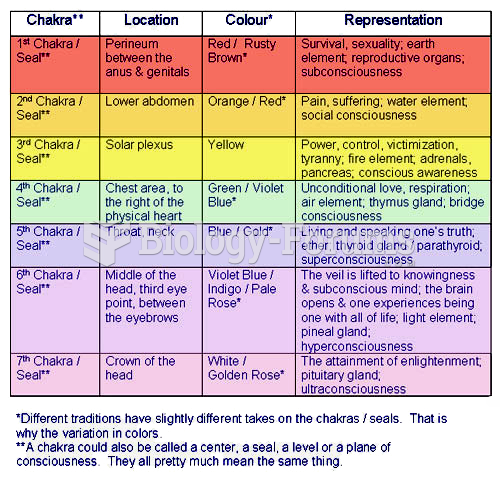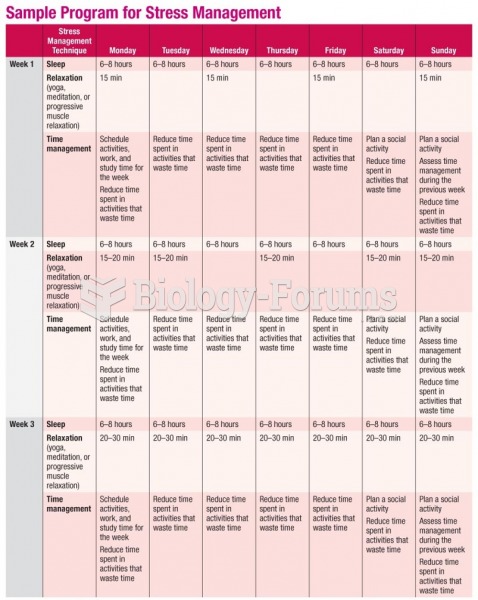Answer to Question 1
ANS: C
The setting is the location where a study is located. There are three common settings for conducting research: natural, partially controlled, and highly controlled. A natural setting, or field setting, is an uncontrolled, real-life situation or environment.
By collecting the data in the subject's own home, the researcher has little control over the setting. The setting is the location where a study is located. There are three common settings for conducting research: natural, partially controlled, and highly controlled. A natural setting, or field setting, is an uncontrolled, real-life situation or environment.
The subject's own home is not a laboratory setting. The setting is the location where a study is located. There are three common settings for conducting research: natural, partially controlled, and highly controlled. A natural setting, or field setting, is an uncontrolled, real-life situation or environment.
The subject's own home is not a laboratory setting. The setting is the location where a study is located. There are three common settings for conducting research: natural, partially controlled, and highly controlled. A natural setting, or field setting, is an uncontrolled, real-life situation or environment.
Answer to Question 2
ANS: C
Applied research is used to solve problems, make decisions, or predict or control outcomes in real-life practice situations.
Clinical problems are seldom in controlled settings. Applied research is used to solve problems, make decisions, or predict or control outcomes in real-life practice situations.
Basic research is more likely to be found in a laboratory setting. Applied research is used to solve problems, make decisions, or predict or control outcomes in real-life practice situations.
Clinical problems occur in real-life settings. Applied research is used to solve problems, make decisions, or predict or control outcomes in real-life practice situations.







